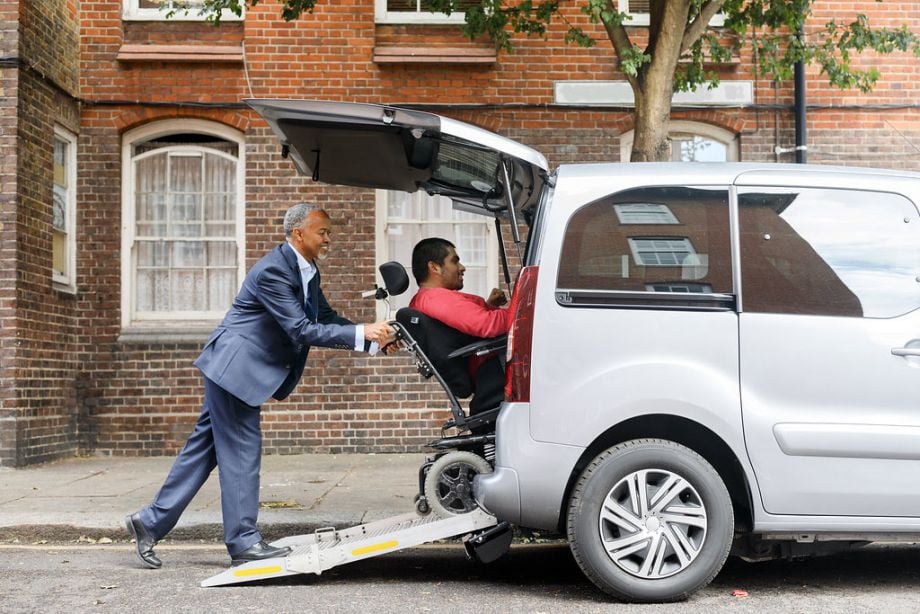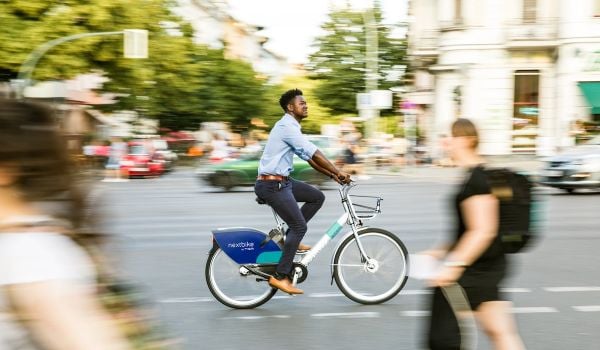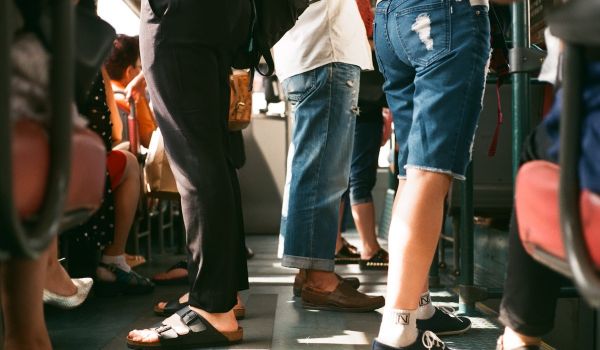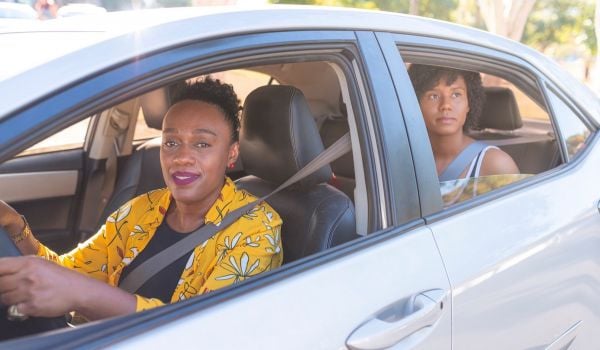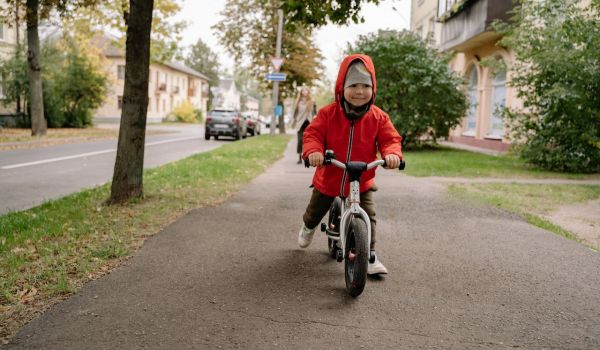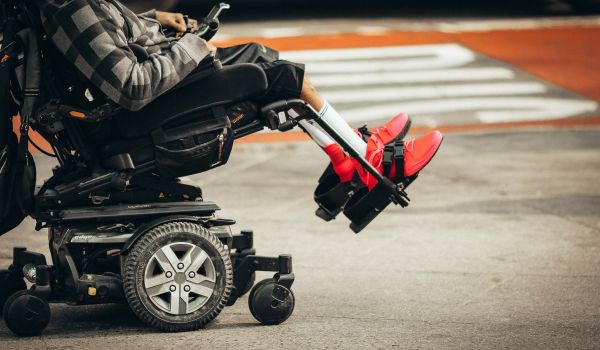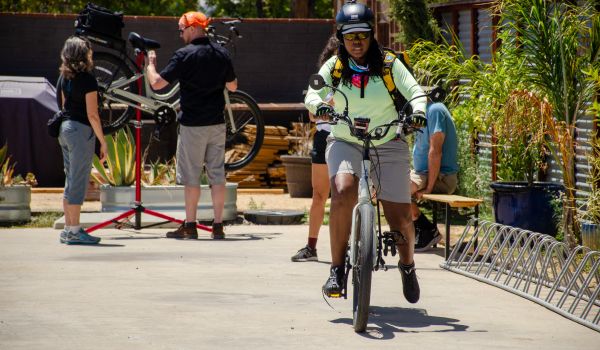When the Justice Department sued Uber last month, it was because the company was overcharging wait fees for people with disabilities who need more than two minutes to enter their ride. But Uber’s discriminatory practice does more than hurt the pockets of people with people with disabilities. It hurts their chances at receiving respectful healthcare that addresses their specific needs.
For many people with disabilities, simply getting around is a challenge. Fixed-route services that follow a set route and schedule may not be an accessible option, leaving complementary paratransit as alternative transportation. However, federal regulations consider paratransit to be “on-time” within 30 minutes of their scheduled times. This standard raises issues of missed doctor’s appointments and late arrivals to work as people with disabilities struggle to navigate complex transportation options.
But a lack of accessible transportation hurts people with disabilities and their healthcare in other, less obvious ways, as well.
In my role as a nursing professor and the principal investigator for a 5-year grant from the Administration for Community Living, my work aims to strengthen the healthcare workforce and address health inequities facing people with intellectual disabilities.
Most health professional education programs don’t include information about the unique health-care needs of people with disabilities. And when statistics were reported by the American Medical Association, fewer than 1% of medical students identified as having disabilities. This is an ethical problem.
Only a diverse workforce can truly meet the needs of our diverse healthcare communities and support the best quality of life for patients. More specifically, disability diversity in the healthcare workforce can help improve health outcomes, reduce disparities, and increase the overall cultural competence and understanding of the needs of people with disabilities. And when a healthcare system becomes more inclusive to better serve patients, the hidden costs associated with poor patient engagement are reduced.
Rush System for Health, the major academic medical center where I work, specifically recognizes disability as diversity, has won awards for its programs to hire persons with disabilities, and specifically hires persons with intellectual disabilities. Rush celebrates advances in hiring people with disabilities, such as an announcement of 90 new hires identifying as having disabilities in the time period of July 2020 –- June 2021,and the percentage of applicants self-identifying has increased 55% from 2020 to 2021. Rush is recognized for the care it provides to people with disabilities, and I believe this is very much connected to its culture that celebrates the disability diversity of our workforce.
But there are barriers to hiring more workers with disabilities, and health-care workers with disabilities face the same transportation obstacles as anyone else.
For example, I’ve overheard people with disabilities express concerns about paratransit making them late for work and needing to relocate just to be on time.
While making it easier for health-care workers with disabilities to commute to work will not automatically lead to equitable hiring practices, doing so will remove one barrier to creating a more diverse workforce.
Being represented as an employee with disabilities is already hard enough without transportation companies creating an additional barrier to access the workforce. In fact, the Americans with Disabilities Act (ADA) has long recognized the need for equal access to public transport. This act was signed into law to “guarantee equal opportunity for individuals with disabilities in public accommodations, employment, transportation, state and local government services, and telecommunications.”
Offering better ride-share accommodations for people with disabilities should be a legal requirement. But even if Uber doesn’t buy that argument, there is a market to be had by rideshare companies in providing flexible, accessible transportation to work. One of every four Americans live with a disability and only one-fifth of those work if they have travel-limiting disabilities. That’s millions of people who could use a more flexible transportation solution.
The rideshare industry is estimated to be worth $61 billion dollars and the market is projected to trend upwards to $220 billion by 2025. Currently, Lyft and Uber alone account for 99% of the market. Though Uber representatives have recently developed a policy to automatically waive wait time fees for passengers who identify a disability, they have the power to do much more to better accommodate people with disabilities. Both Uber and Lyft should provide employee training and testing on the legal requirements outlined by the Americans with Disabilities Act. Under their brand names, contractors should only be hired if they understand how to accommodate passengers with disabilities.
Uber has already made progress in the accessibility of their apps for persons with disabilities booking rides, and Uber’s WAV has been rolled out as a service for riders who use non-folding motorized wheelchairs. Still, more collaboration between transportation leaders will be needed to advance transportation for the disability community.
Creating a more equitable transportation system that fully supports people with disabilities will require the participation of the rideshare industry, the disability community, public transit authorities, and local, state and federal entities, placing emphasis on the essential need for accessible transportation that supports people with disabilities who are seeking work or plan to keep their current jobs.
Of course, rideshare companies should also think beyond work to help make transport more accessible to recreation, entertainment, and worship events, all of which are aspects of people with disabilities being active participants in the community.
A collaborative transportation model between transportation leaders, city officials, and government entities is a solution that can work, and it’s already happening with public-private pilot projects like First Last/Mile Solutions. With First Last/Mile Solutions, transit agencies and stakeholders help rideshare companies collaborate with public transit authorities to help riders get to work and other locations while reducing the distance to their destination. Localities, such as the Richmond Region, are specifically looking at the design of First Last/Mile Solutions in ways that improve access for persons with disabilities.
More creative solutions like First Last/Mile Solutions will advance the overall goal of accessible, comprehensive transportation for persons with disabilities. But to fully pave the way to a more equitable transportation system, rideshare companies should follow suit by modeling transportation leadership that supports the needs of people with disabilities.
Considering that U.S. healthcare spending totaled $3.8 trillion in 2019 and is expected to hit $6.2 trillion by 2028, improving accessibility for persons with disabilities to get to their healthcare jobs will help to ensure a more inclusive transportation system that supports individual health - and the healthcare industry, which is a driving force of the U.S. economy.
Sarah Ailey is Professor of Nursing at Rush University and a Public Voices Fellow of the OpEd Project.

